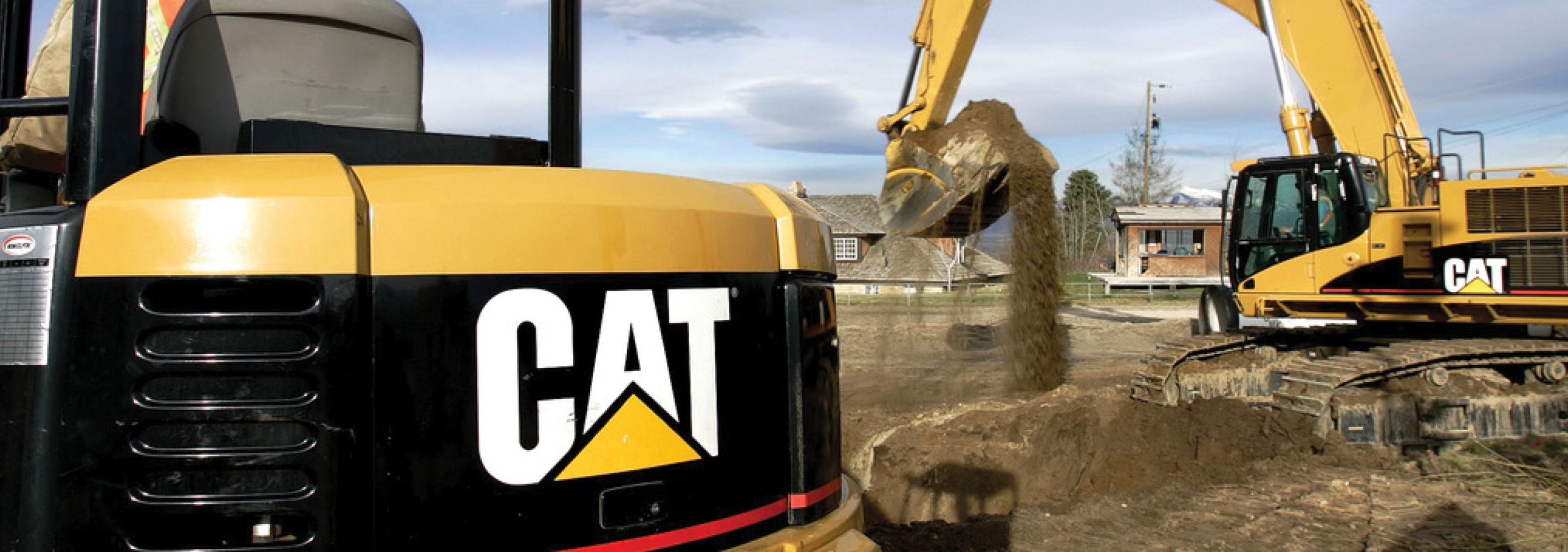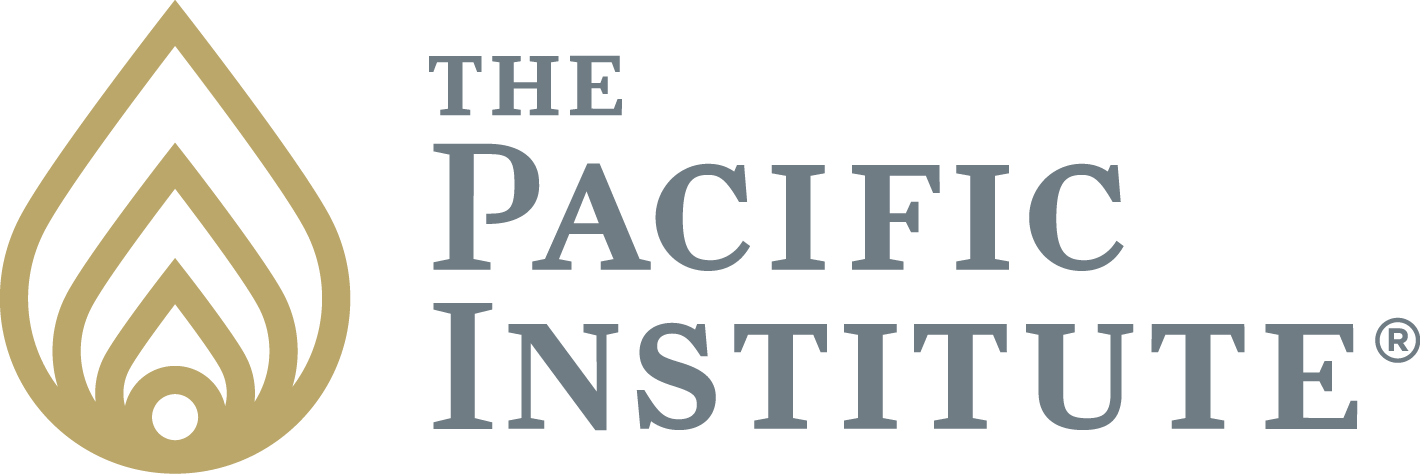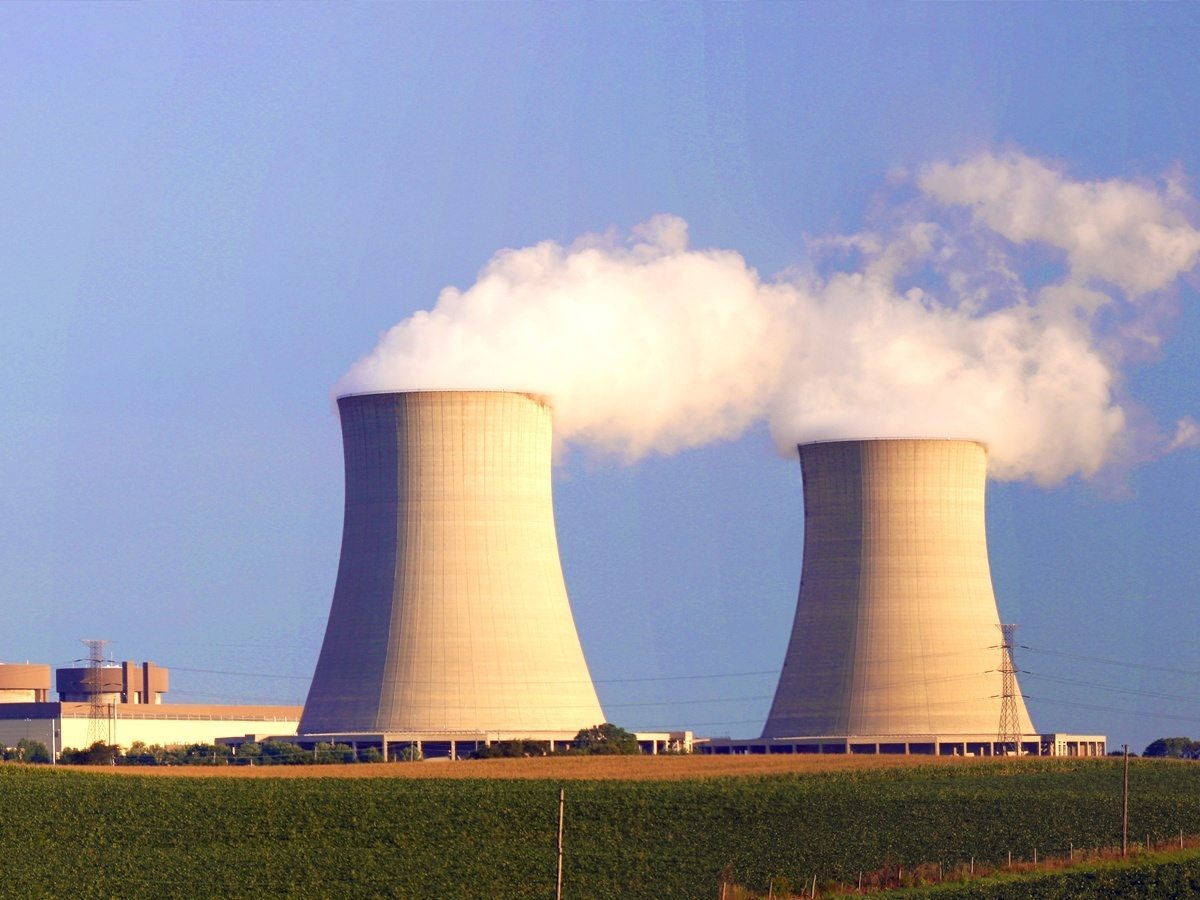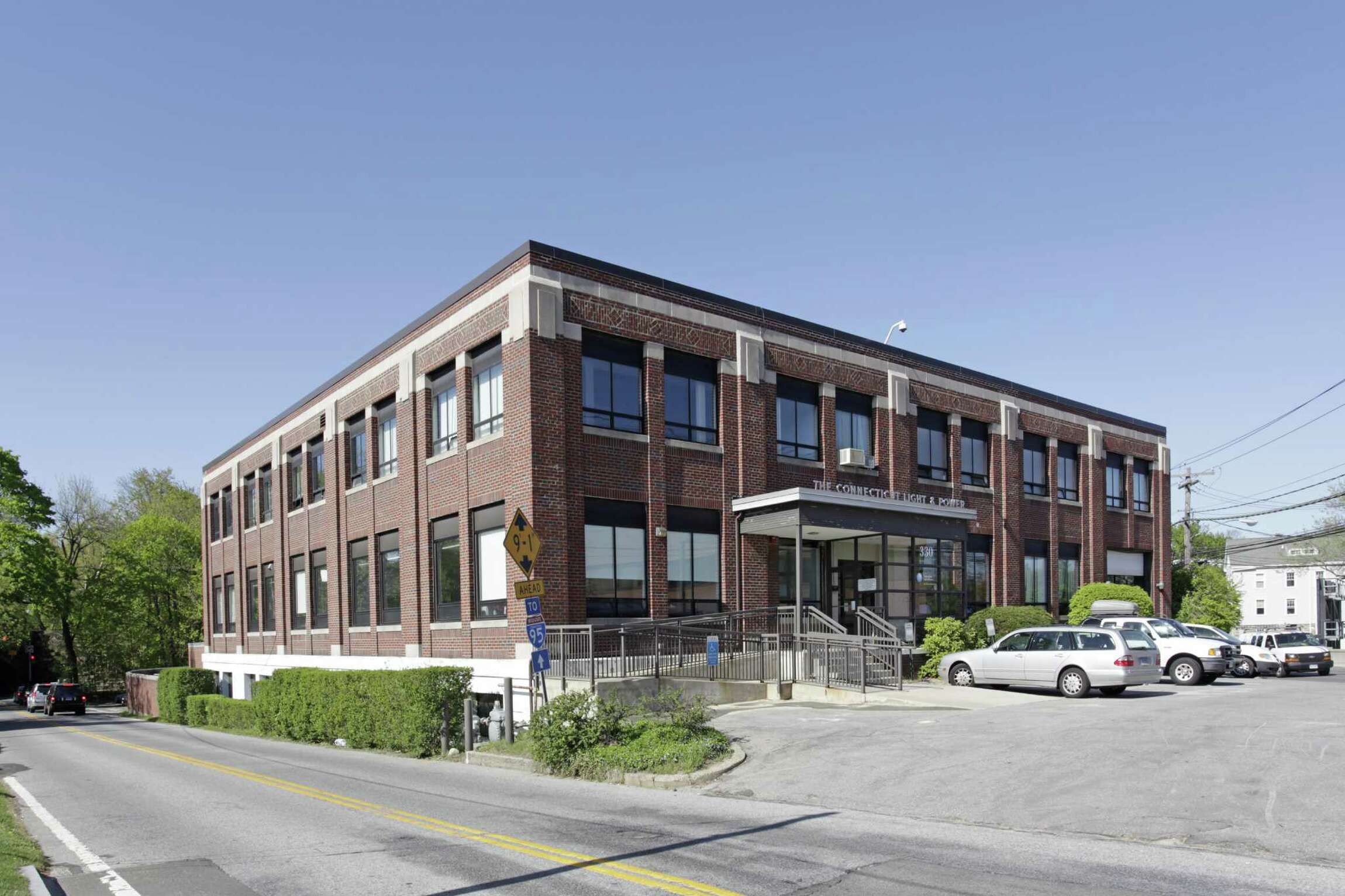Project Description
CATERPILLAR, INC.
High-Performance Caterpillar Plant Audits Its Culture as Investment Towards its Future

CLIENT OVERVIEW
The Caterpillar Mining and Construction plant in Decatur, Illinois is home to over 2,000 employees and plays a vital role in producing heavy equipment for global distribution. Known for technical excellence, the plant leadership recognized that operational performance could only go so far without addressing a deeper cultural opportunity.
THE CHALLENGE
When Rod Bussell stepped in as Vice President and General Manager, he saw more than machines and metrics, he saw the opportunity to unify the organization under a shared, high-performance culture. Despite the plant’s technical capabilities, the assessment was clear: the next level of growth wouldn’t come from better engineering or more capital investment. It would come from aligned beliefs, empowered employees, and stronger leadership.
His goal: transform the Decatur plant into one focused team, operating with a constructive mindset and shared belief in their ability to drive results.
THE SOLUTION
To realize this vision, Caterpillar partnered with The Pacific Institute to deploy a comprehensive culture transformation strategy, including:
- Thought Patterns for High Performance® (TPHP) Five.Zero: A mindset training program that redefined how employees thought about their roles, their capabilities, and their influence.
- Leadership Impact® Assessments: Tools to measure and improve leadership effectiveness based on real feedback and behavioral data.
- OCI Cultural Surveys: Baseline and follow-up assessments that gave measurable insight into organizational norms and team dynamics.
- Cultural Consensus Building and Coaching: Designed to align leaders and employees around a shared vision, while equipping them with tools to navigate change.
Importantly, the initiative wasn’t confined to leadership. Every employee, from floor operators to managers, was included in the effort to create a cohesive, empowered workforce.
REAL-WORLD IMPACT
CULTURE IN ACTION: THE EA TEAM
A group of shop-floor employees in the Motor Grader division created the “EA Team” (Employee Action Team) to address customer concerns firsthand. When a dealer issue emerged, two team members flew out to meet the client, gathered feedback, and returned with a solution-oriented plan. Their proactive leadership reflected a key cultural shift: employees weren’t just following orders, they were owning outcomes.
LEADERSHIP BREAKTHROUGH: GLENN’S STORY
One engineering leader, known for his technical brilliance but low people scores, had struggled to build a strong team. After going through the TPHP Five.Zero training and receiving his Leadership Impact® assessment, he made a bold move: he shared his feedback results with his team and asked for their help to change.
With coaching support and a clear roadmap, he transformed his leadership style. New hires now say he’s one of the best leaders they’ve worked for, a direct result of belief-driven change and cultural accountability.
THE RESULTS
- Improved employee initiative and ownership on the shop floor
- Greater alignment between leadership behavior and organizational values
- Enhanced responsiveness to customer needs
- Measured improvements in leadership impact scores and cultural cohesion
- Breakthrough individual and team transformations
WHAT MADE THE DIFFERENCE
Caterpillar approached culture like any mission-critical process, with intention, measurement, and rigor. By combining data-driven assessments, mindset training, and ongoing coaching, the Decatur plant shifted from compliance to commitment. The Pacific Institute delivered tools that enabled transformation.
As Rod Bussell put it, “We didn’t need to be better engineers. What we needed was a common vision and the confidence that we could change what we believed. That’s what made the difference.”


